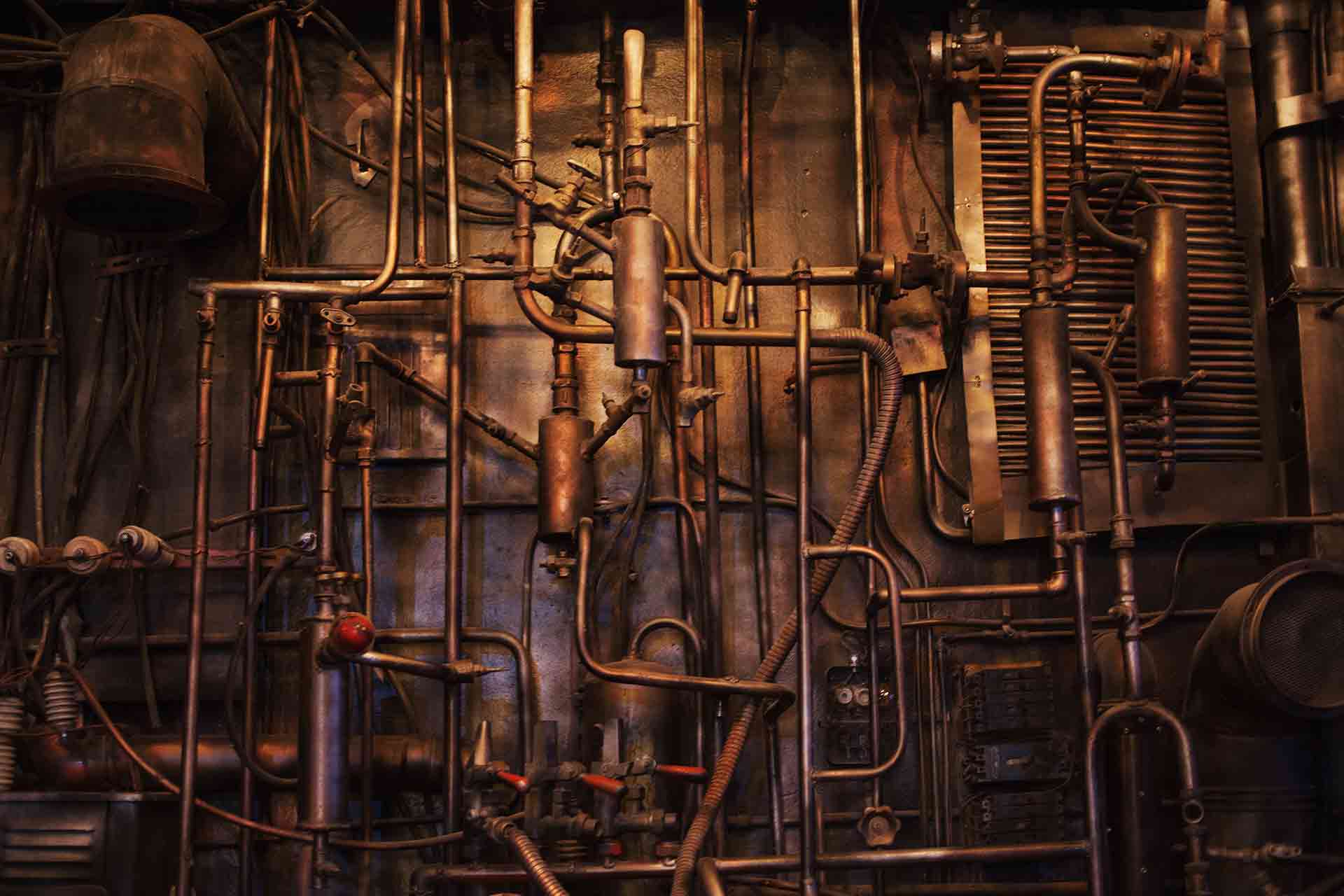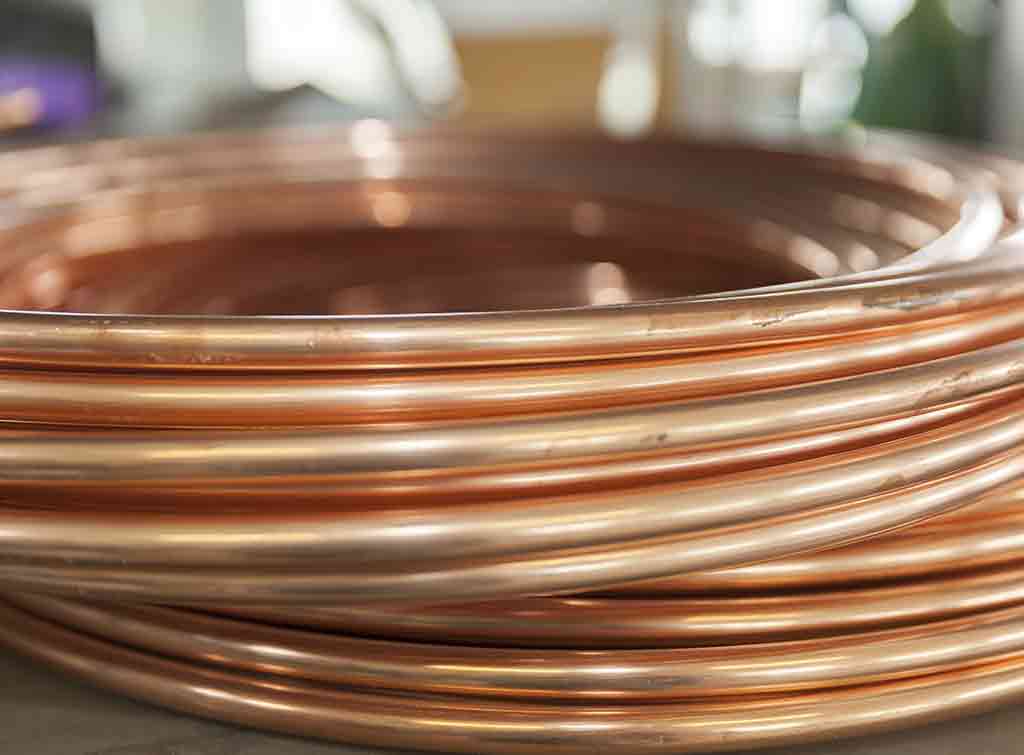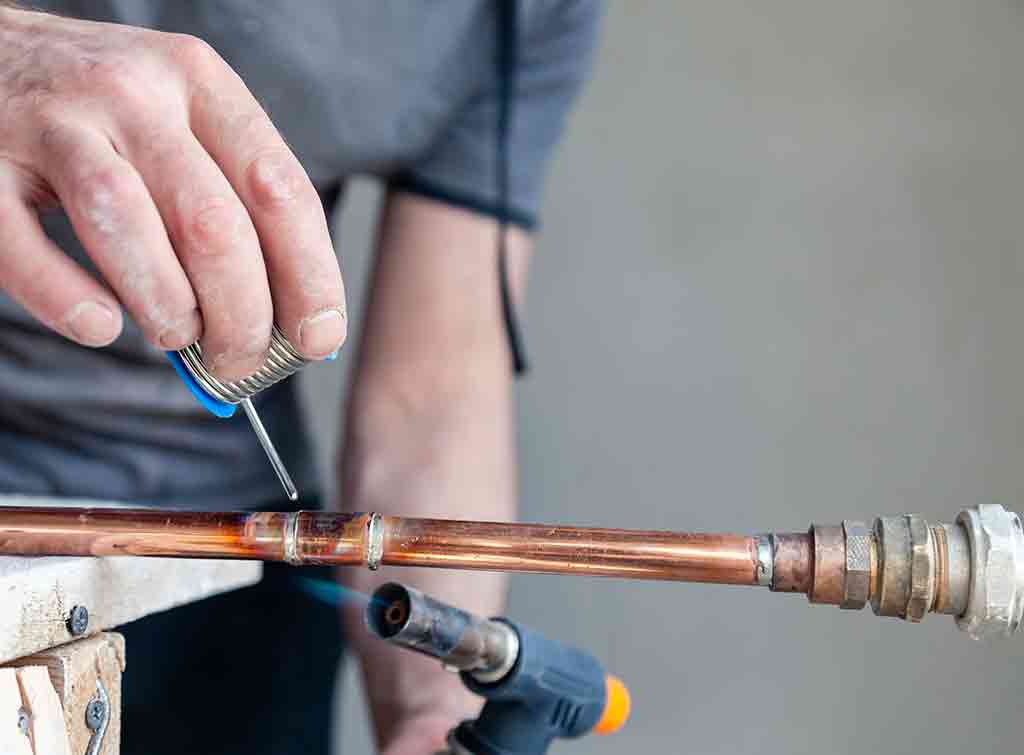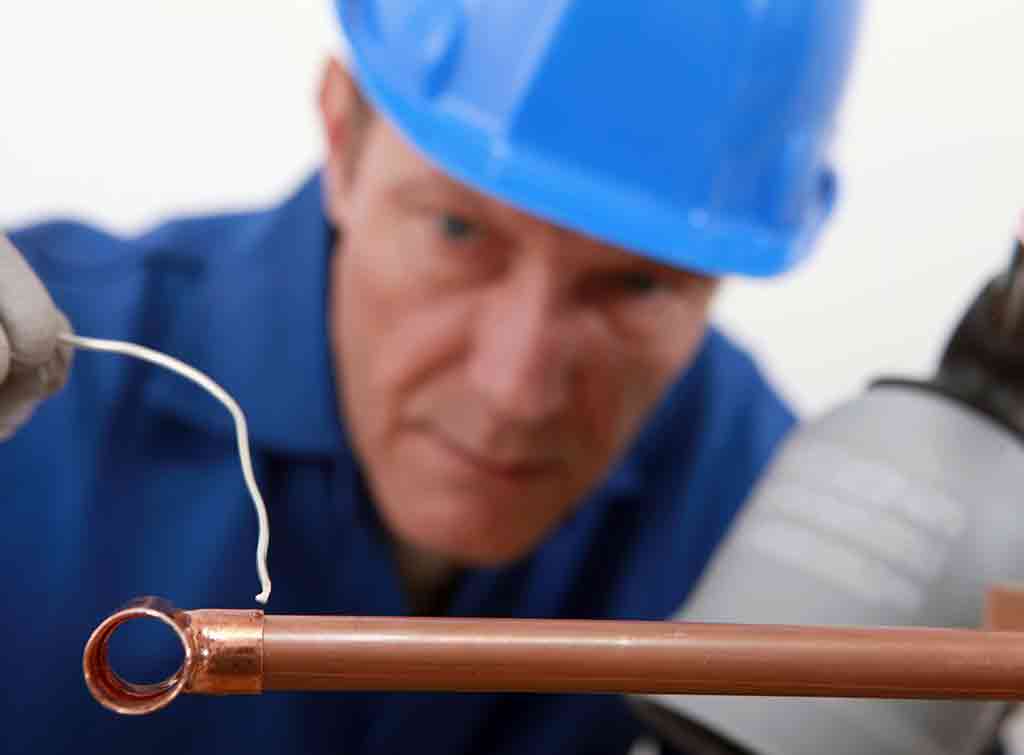How to solder copper pipes in 12 steps
If you’re researching how to solder copper pipes, you’ve probably got a leak. Thankfully, you’ve come to the right place! We have all the information you need to get your pipes back in good working order.

If you’re researching how to solder copper pipes, you’ve probably got a leak. Thankfully, you’ve come to the right place! We have all the information you need to get your pipes back in good working order.
Copper pipe has many great qualities. It’s durable, flexible, bacteria-resistant and easy to install, which is why it’s been used in plumbing for a long time. It’s also environmentally friendly because it’s recyclable. As copper pipes last roughly around 70-80 years, if you’re stuck with a leak, it’s likely because they’re older. A unique and common issue to copper pipes are ‘pinhole leaks,’ which are caused by corrosion inside the pipe that eats its way to the outside.
However, fear not. This guide is going to explain how to solder copper pipes in and around your home to fix those bothersome drips.
How do I solder a copper pipe?
Before we teach you how to solder a copper pipe, we need to equip you with the right tools for the job. Be sure to add these to your arsenal.
- Lead-free solder
- Tweezers/clamps
- Heat mat
- Blow torch
- Wet rag
- Flux
- Brush
- Gloves
- Eye protection
Already daunted? Why not hire one of our professionals to fix your leaks for you?
How to solder copper pipes
Now you’re ready to get started, don’t forget to don your safety equipment and isolate your services. Remember to use extreme caution during this task. Naked flames are a fire and burn risk, so always wear gloves. And as solder can ‘spit’ and cause injuries, always wear eye protection. Lastly, rosin is a resin found in solder flux, which causes nose bleeds, headaches, and eye, throat, and lung irritation if ingested/inhaled, so handle with care.
1) Isolate services
Switch off the supply of electricity in order to work safely. It’s important to follow a safe isolation procedure to avoid risk. Electrical isolation consists of two stages.
- Switch off the supply
- Prove dead
2) Put on safety equipment
Be sure to wear your gloves and eye protection at all times.
3) Prep the pipe
Clean the pipe and fitting before you start work, particularly in the areas they need to be soldered.
4) Apply the flux
Use a brush to apply the flux to the copper pipe. Be sure to give it an even coat.
5) Insert the pipe
Insert the pipe into the fitting and wipe off the excess flux with a cloth.
6) Protect the area
You’re about to start soldering, so be sure to protect the surrounding area by positioning the heat mat underneath the soldering site.
7) Fire up the blowtorch
Very carefully light the blowtorch and adjust it to a low flame. Now, gently heat the fitting with the fitted pipe. If the fitting is warm enough, the lead-free solder wire will melt once it touches it.
8) Spread the solder
Use tweezers or a clamp to run the solder around the fitting, ensuring adequate coverage to form a watertight seal.
9) Turn off the blowtorch
Note that the nozzle will remain hot for some time, so when you turn it off, put it somewhere safe and heatproof to cool down.
10) Inspect your work
Ensure there’s a thin line fo solder all around the circumference of the fitting.
11) Clean the pipe
Using the wet rag, remove excess flux.
12) Test the pipe
Once the pipe has cooled, test it for water tightness.
If all is in order, congratulations! You’ve just soldered a copper pipe like a pro.
Should I hire a professional?
Although soldering copper pipes might sound straightforward, due to the safety risks involved, it’s always advised to hire a qualified professional to undertake these works.
Cost to hire a professional
You can expect to pay a plumber’s hourly rate, which is an average of £20 – £40 per hour.
Cost to do it yourself
In terms of monetary costs (and not emotional or physical costs!), you can expect to pay around £15 – £17 for consumables and £70 – £100 for a plumbing kit.
Check our out plumber cost guide for more comprehensive information.
FAQs
How to solder copper pipe with water in it?
This is almost impossible and we advise against trying to do this. The heat from the torch will just turn the water to steam, which means the copper won’t get hot enough to melt the solder. Use a pipe plug to stop the trickle of water.
How to solder copper pipe without flame?
This is a process called solderless copper bonding, and it uses a liquid durable polymer that’s applied to rigid pipe fittings in order to literally weld them together hermetically. It’s a complex process and worth hiring a professional to complete.
How to solder copper pipe in tight places?
Tighter places mean there’s often an extra risk of injury or damage caused by open flames or accidental substance inhalation. We recommend you hire a professional to complete complex jobs like these.
Like what you see? There’s more where this came from. Check out Checkatrade’s blog for more tips, ideas, how-tos, and inspiration.
Find and book your trade with us and we'll guarantee their work up to £1,000*.
Guaranteed for 12 months. Eligibility and T&Cs apply




No comments yet!